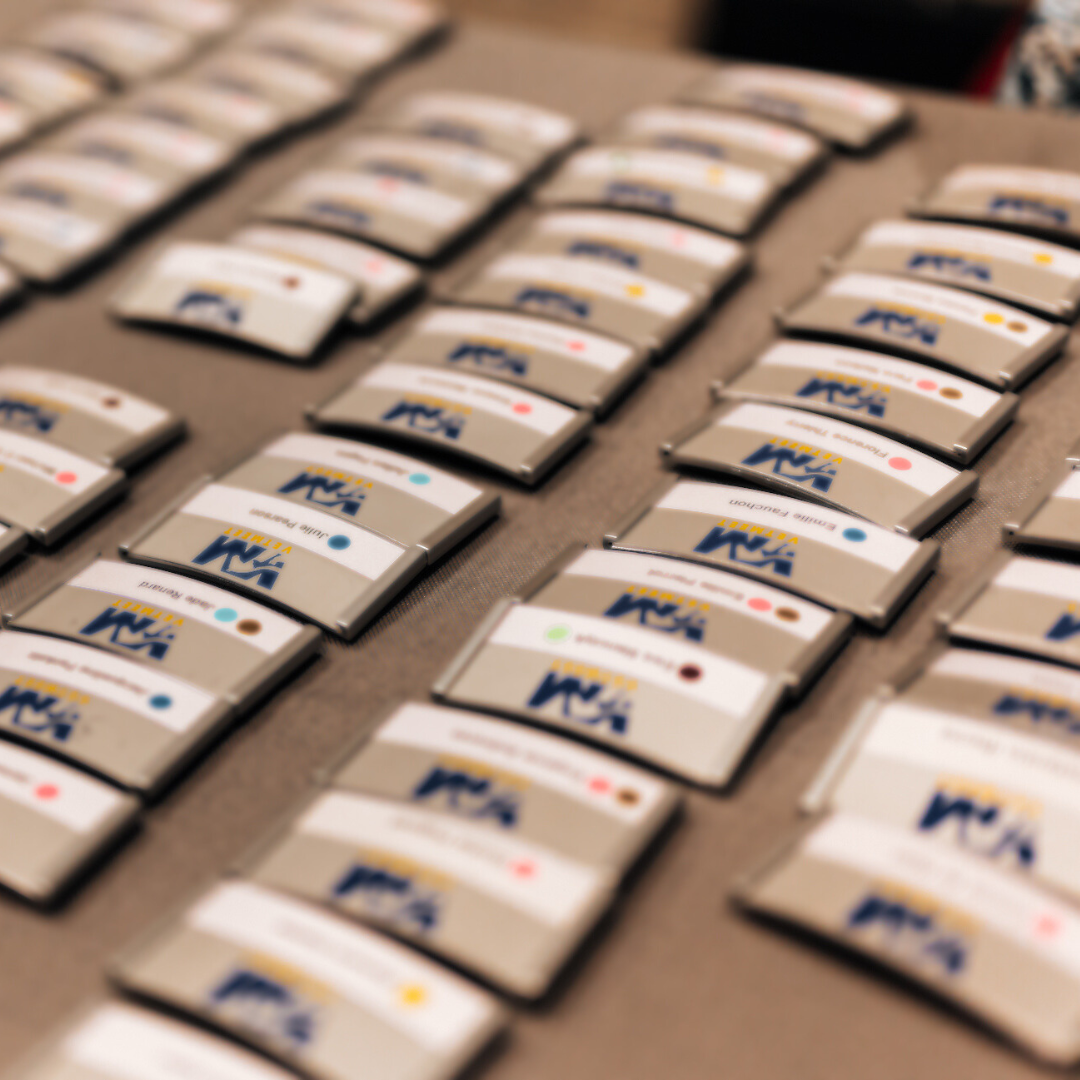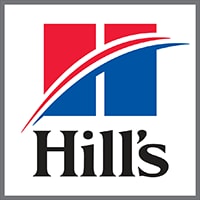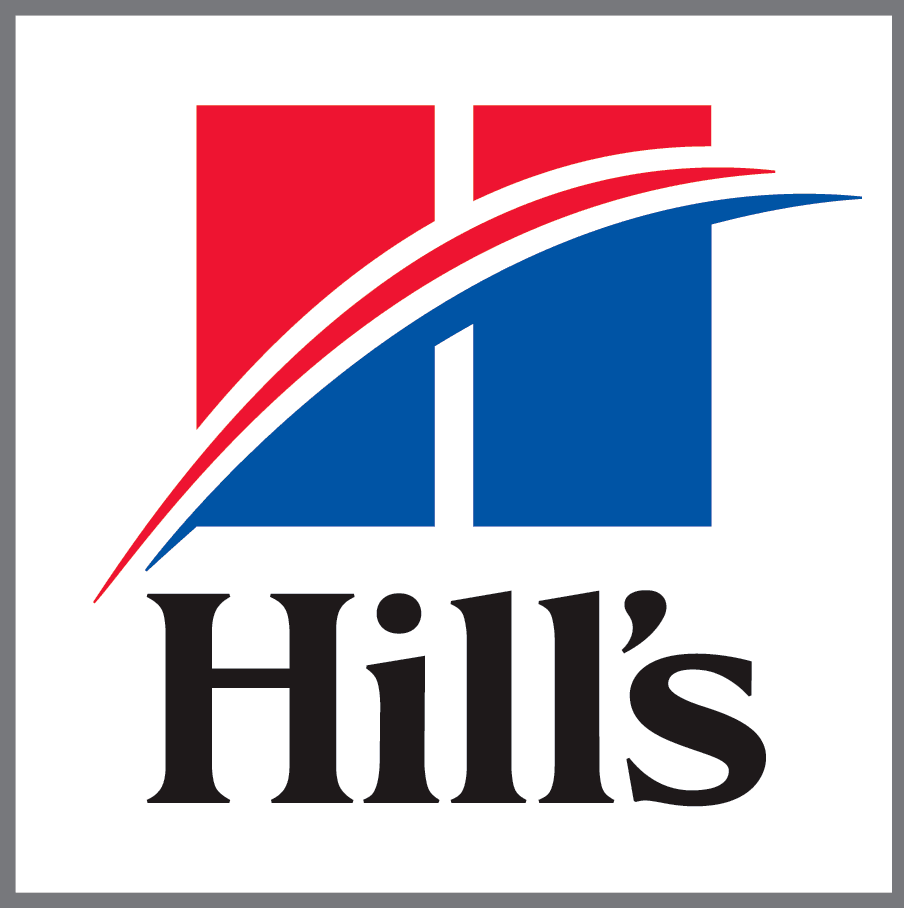What is the Library?
With over 200 hours of lectures, 8 specialties and new material added every month, here you find all you ever wanted to learn and even more!
Stream anytime, anywhere and whenever you feel like it’s time to stretch your knowledge.
What would you like to learn today?
What is the
Summer Camp?
The Vet Meet Summer Camp is a boot camp for veterinary specialists centred on a full immersion into the state of art and the next breakthroughs in veterinary medicine.

Location
With the 2026 Vet Meet Summer Camp we will head towards the Atlantic Ocean.
From June 15th to 19th, we will meet on São Miguel (Ponta Delgada), the largest island of the Azores archipelago – a volcanic paradise known for its crater lakes, lush landscapes, and geothermal wonders.

Scientific Program
The main theme for the scientific program is “Dynamic Diseases,” exploring conditions that move, shift, and flow—literally and figuratively. With this we will pay tribute to the wonderful dynamic ecosystem of the islands.

Social Program
Besides an outstanding scientific program, we will prepare a wonderful social program for you.
Summer camP
27. June - 1. July 2022


 Hill's Vorbereitungskurs Ernährungsberatung
Hill's Vorbereitungskurs Ernährungsberatung Hill's Aufbaukurs - Ernährung des Hautpatienten
Hill's Aufbaukurs - Ernährung des Hautpatienten